Falling birth rates, soaring tuition fees and student loan debt have led to fewer people enrolling in college in the US and Japan, forcing many schools to close.
Grayson Hart was a good student in high school in Tennessee, dreaming of becoming an actor or a teacher. Hart always believed that college was the only path to a good job, stability, and a happy life. But the Covid-19 pandemic changed Hart's thinking.
A year after graduating from high school, Hart was directing a youth theater program in Jackson, Tennessee. He was accepted into college but dropped out.
“A lot of people are dealing with a pandemic. Why spend all that money on a piece of paper that doesn’t really help me do what I’m doing right now?” Hart said.
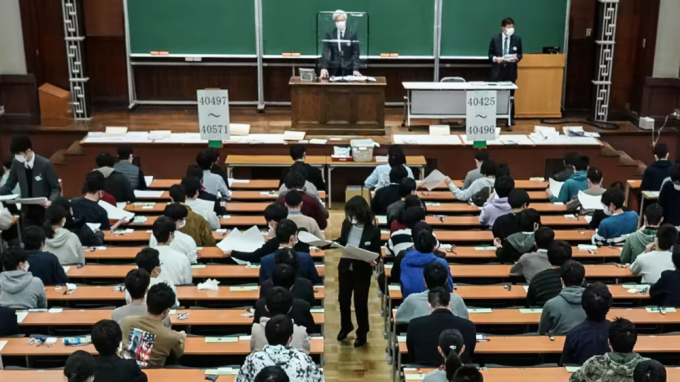
Japan'seducation ministry predicts the number of university students in 2050 will be around 490,000, about 130,000 fewer than in 2022. Photo: Kai Fujii
Hart is one of hundreds of thousands of young people coming of age during the pandemic who did not attend college in the United States.
According to the National Student Clearinghouse , which studies student learning pathways and trends in the United States, college enrollment fell 8% from 2019 to 2022. The decline continued even as classes returned in person.
Data from the US National Center for Education Statistics also shows that after rising for decades, college enrollment peaked in 2010 at about 18.1 million students, but has since declined. In 2021, only about 15.4 million people enrolled in college.
Like the United States, Japan is also facing a shortage of university admissions. For the first time, more than half of the country’s private universities failed to fill their enrollment quotas for the new academic year in April. Currently, half of the country’s roughly 600 institutions are not operating at full capacity, and a third are in a state of red alert.
Starting in 2024, the Japanese government will exclude universities from its financial aid program for disadvantaged students if they fail to enroll at least 80 percent of their quotas within three years. A total of 155 universities, or 26 percent of all educational institutions, will be eligible for this program.
The crisis in college enrollment in Japan and the United States is attributed to falling birth rates. In Japan, the number of 18-year-olds has nearly halved in three decades, from more than 2 million in 1990 to 1.1 million today. The number is expected to fall further to 880,000 by 2040, according to the country’s Ministry of Education, Culture, Sports, Science and Technology. Over the past 30 years, the number of 18-year-olds in Japan has fallen by more than 40 percent, while the number of private universities has increased by 60 percent.
In the United States, the birth rate has been falling almost continuously since 1990. According to data site Statista , in 1990, there were 16.7 births per 1,000 Americans, but by 2021, there were only 11. Therefore, experts predict another enrollment decline after 2025.
In addition, tuition inflation and student loan debt are believed to be the reasons why many young Americans are not interested in college. Data from the university ranking organization US News shows that from 2003 to 2023, tuition at public universities increased by 175% for domestic students. At private universities, tuition increased by 134%. And in 20 years (2000-2020), total expenditures on university tuition and fees increased by 67%, twice as high as the increase in the consumer price index (33%), according to Best Colleges .
Over the past 15 years, total outstanding student loan debt in the United States has tripled, from about $580 billion in 2008 to $1.76 trillion. 43 million Americans owe money for college, with 55% of students from public schools borrowing.
In a 2022 BestColleges survey of more than 2,500 adults ages 18 and older, 54% said they were struggling financially due to rising tuition costs, 48% were concerned about student debt, and 30% were worried about living expenses. Six in 10 respondents said the economic impact of the pandemic forced them to reconsider their college plans.
Some counselors and principals are shocked to see high school graduates flocking to work in Amazon warehouses, take high-paying retail jobs or work in restaurants.
Daniel Moody, 19, was hired to run the plant's plumbing after graduating from Memphis High School in 2021. Moody was happy to earn $24 an hour.
“If I went to college, I would be broke. You’re not going to make the kind of money I’m making here trying to go to college,” Moody said.
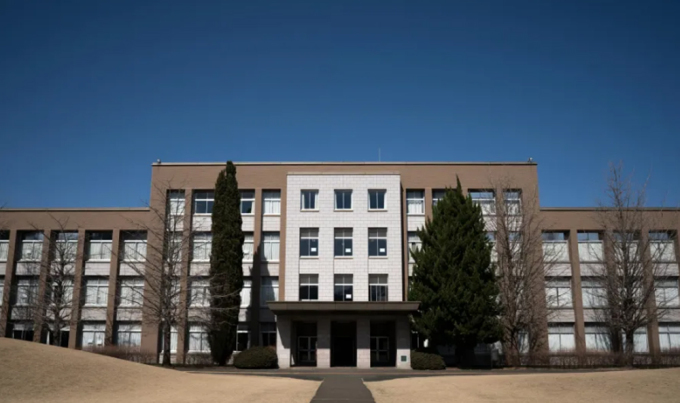
The main lecture hall of the ICU. Photo: Tomohiro Ohsumi
Economists say the impact of falling enrollment signals a new generation that has little faith in the value of a college degree. Fewer college graduates are also exacerbating labor shortages in fields from health care to information technology.
In addition, insufficient enrollment has forced many schools to close, especially private schools where tuition and admission fees account for up to 70% of revenue.
Research by Professor Yushi Inaba of the International Christian University (ICU) found that at least 11 universities in Japan closed between 2000 and 2020. Twenty-nine were mergers, compared with just three in the previous 50 years. Keisen University in Tokyo announced in March that it would close as soon as its current students graduated.
Still, according to BestColleges , schools will do everything they can to counteract this decline. Many schools in the US are implementing marketing strategies to attract more students, adjusting their programs to meet the needs of students and employers.
In Japan, some schools offer programs taught in English or add subjects such as animation, international marketing and management. Many schools expand their relationships with high schools to create a pool of future students.
Hart said he is doing what he loves and contributing to the city's arts community. His job provides a steady income but not much. He sometimes thinks about Broadway but has no clear plans for the next 10 years.
“I’m really nervous about the future,” Hart said. “But I try to remind myself that I’m doing well where I am and I’m going to take it one step at a time.”
Binh Minh (Synthesis)
Source link


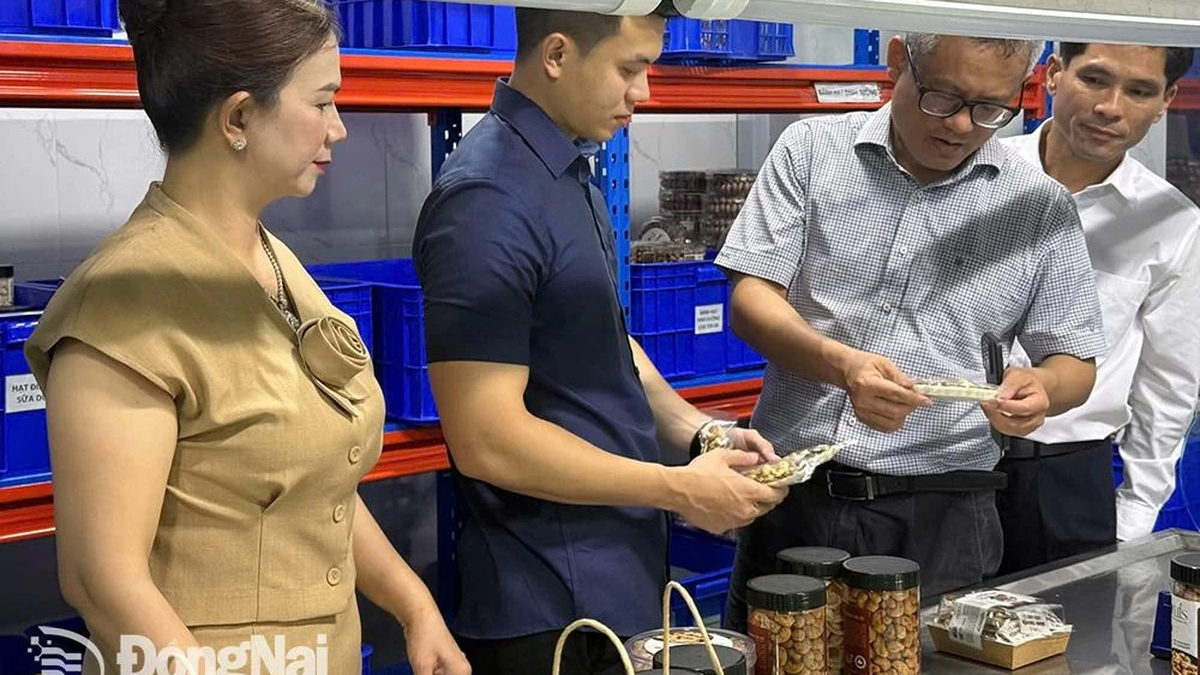
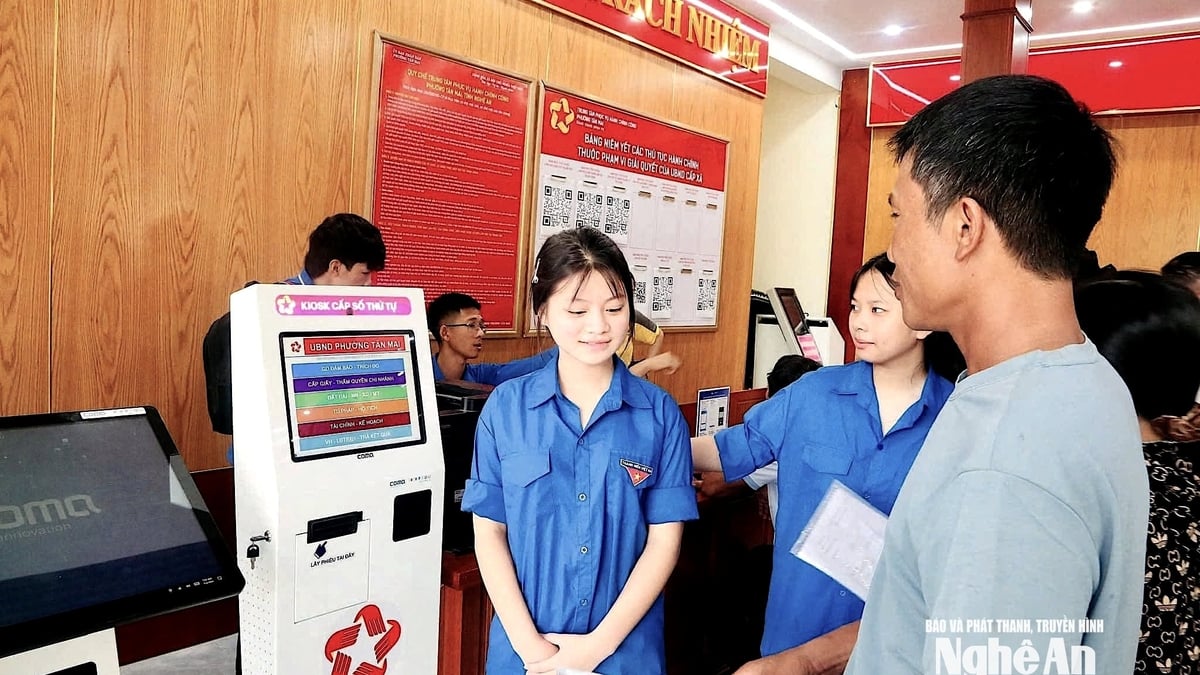
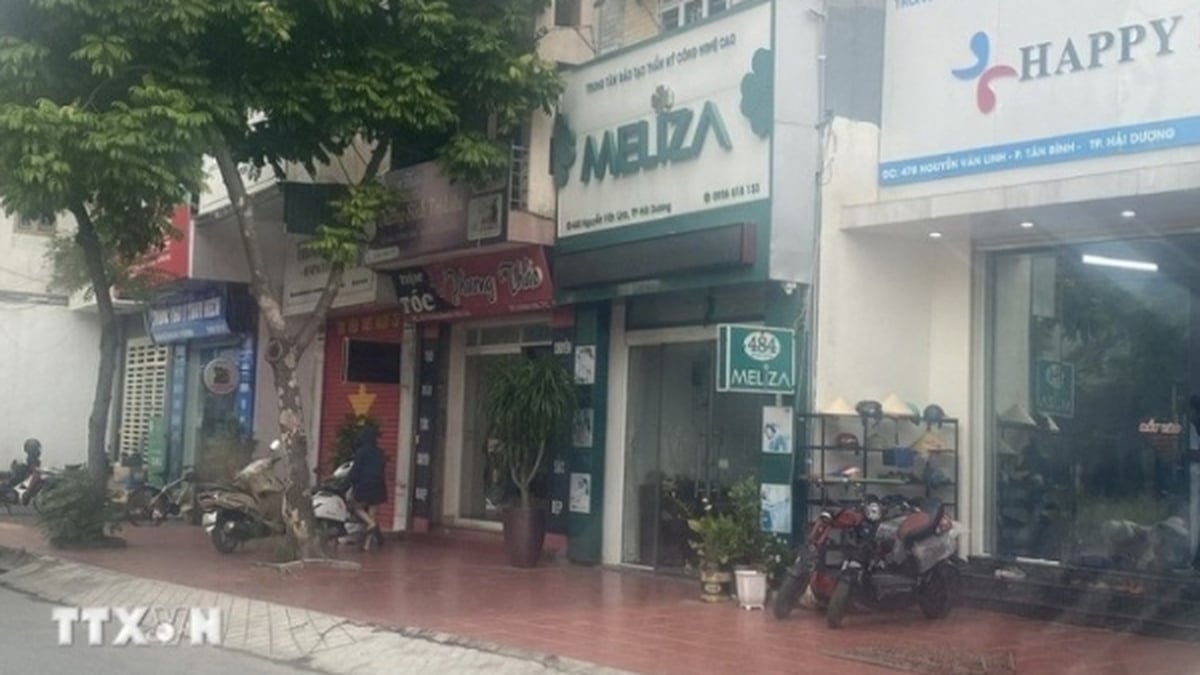

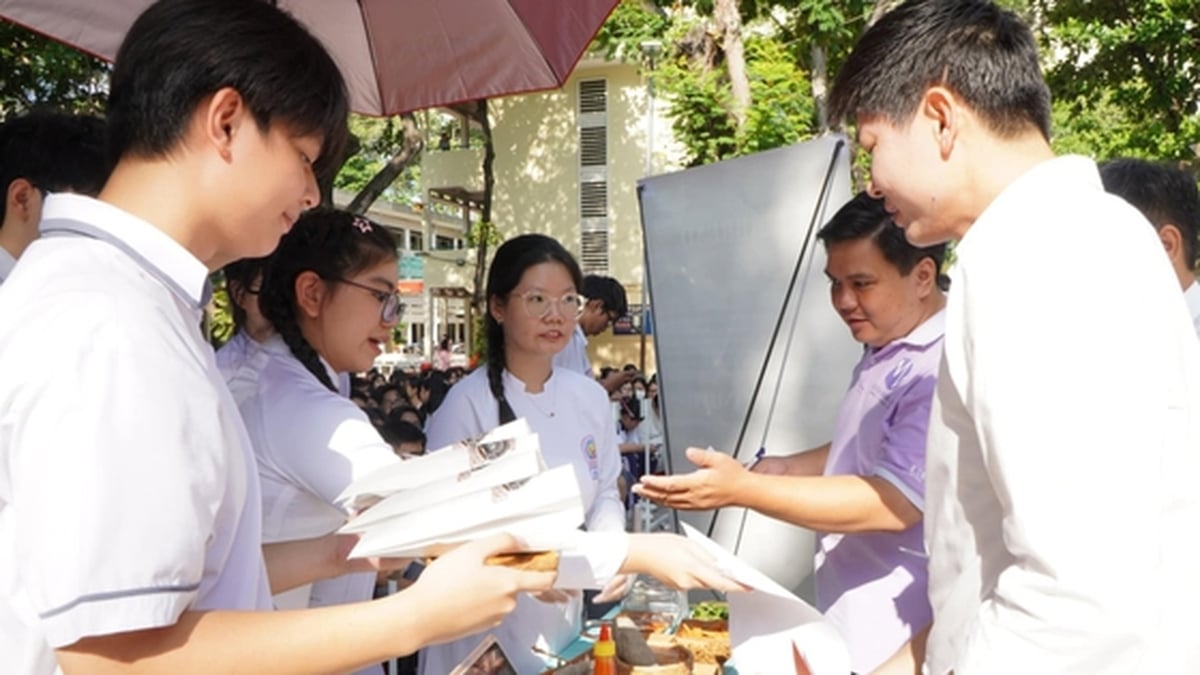


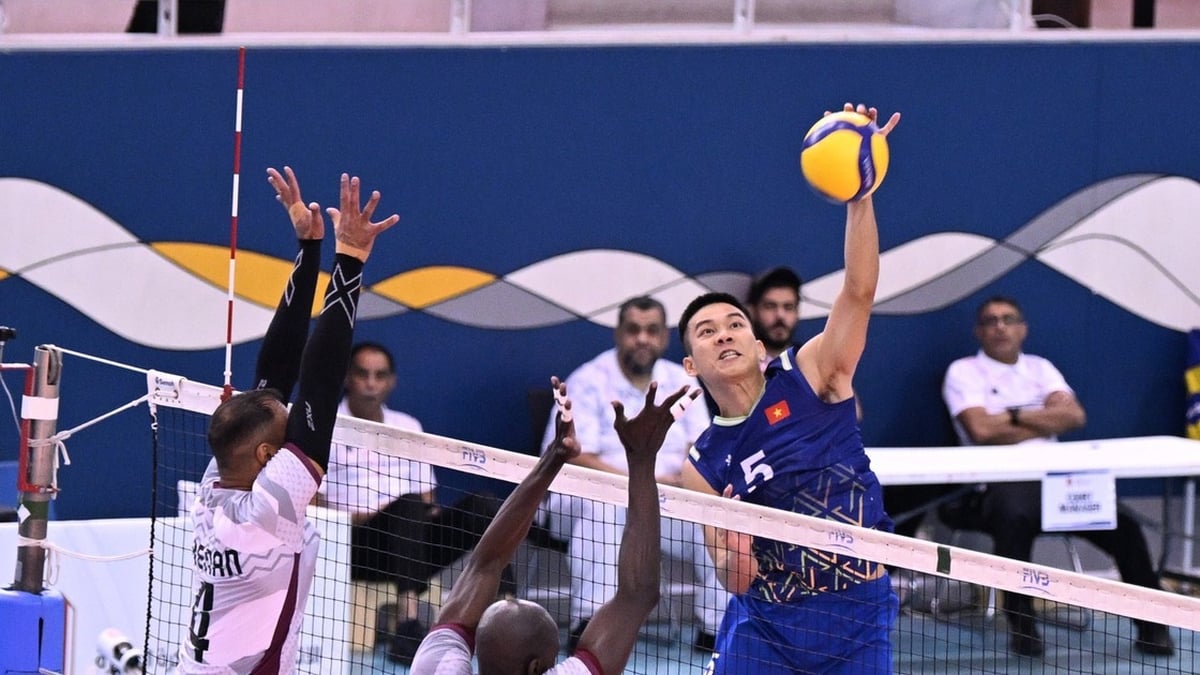

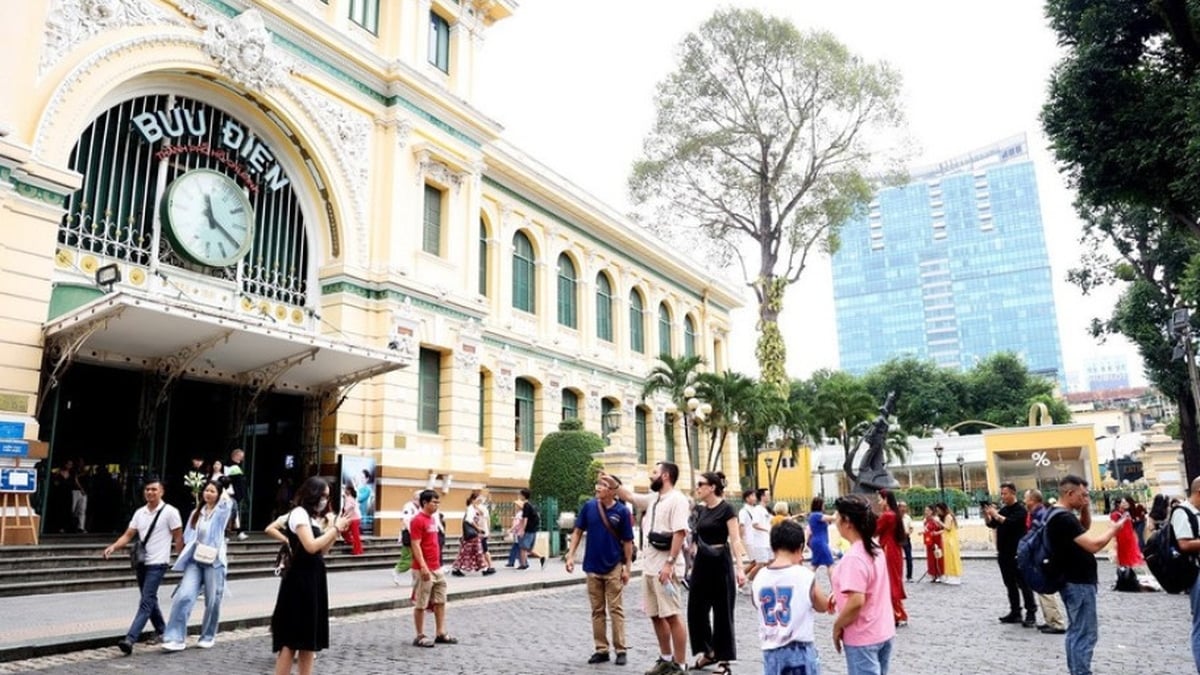


































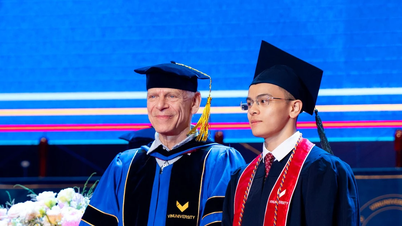






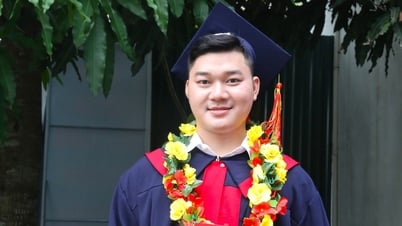












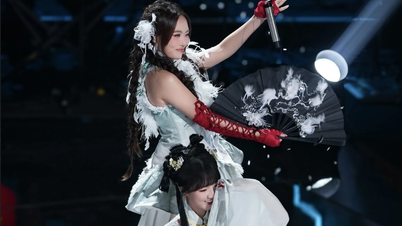







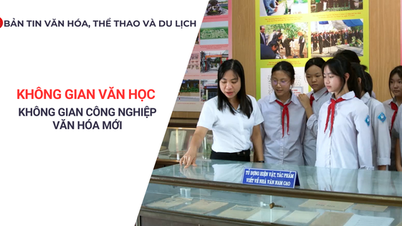

























Comment (0)